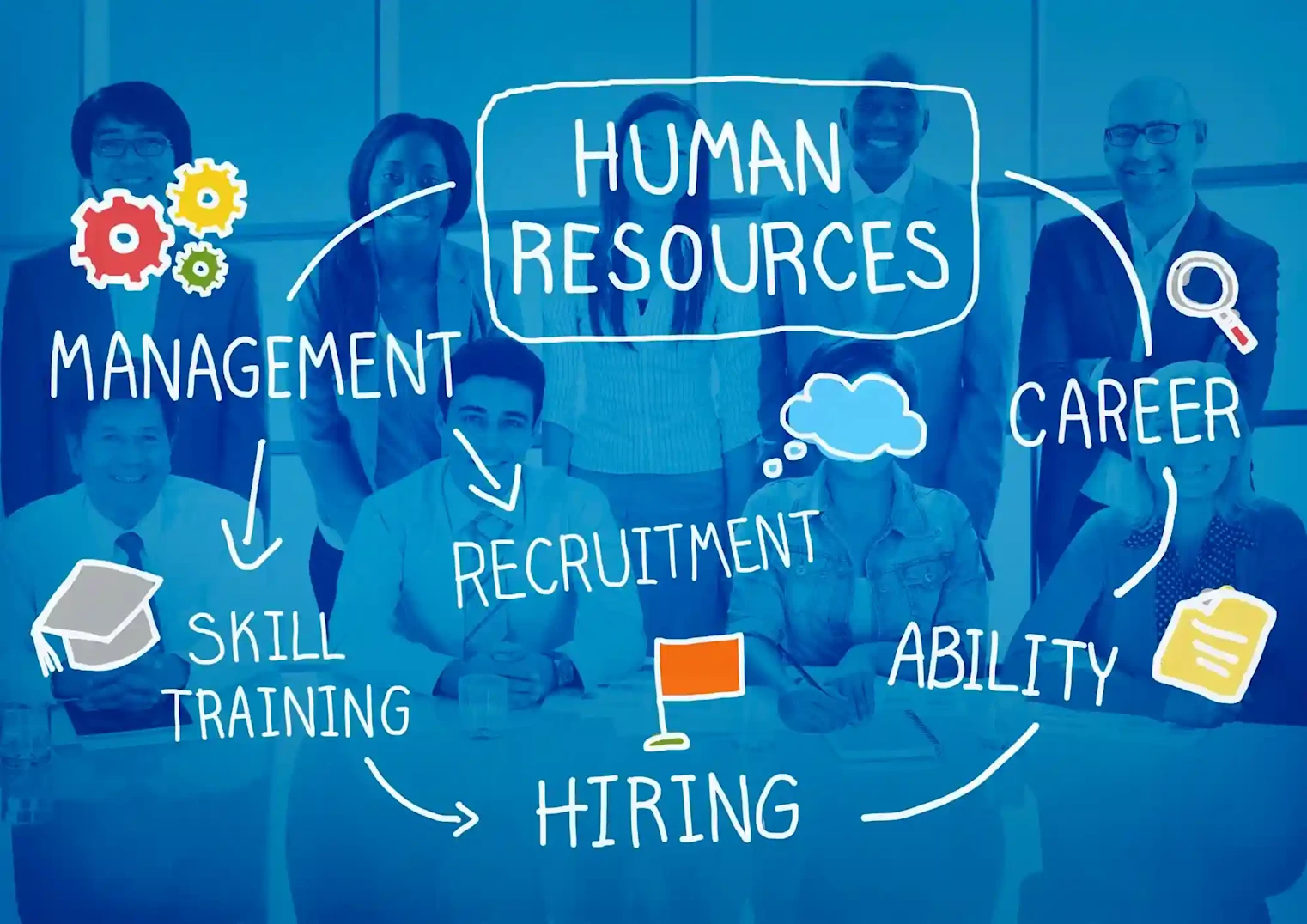
10 Core HR Processes Every Business Needs in 2025
By 2025, HR will have progressed beyond only hiring and paying employees. HR is now helping organizations build the company culture, better the employee experience, and improve the overall business outcome. Businesses must now employ structured and tech-enabled HR processes to facilitate people and growth.
What are HR Processes?
HR processes are the structured activities and tasks that Human Resources (HR) teams perform to manage the employee lifecycle — from hiring and onboarding to payroll, performance, and exit.
These processes ensure that a company:
Recruits the right talent
Manages employees efficiently
Complies with labor laws and regulations
Builds a positive and productive workplace
Why HR Processes Matter
Efficient HR processes:
Boost productivity
Ensure compliance
Enhance employee experience
Reduce administrative burden
Common HR Processes Include:
Human Resource Planning: Strategic planning of human resources
Recruitment & Talent Acquisition: Attracting and selecting the best candidates
Employee Onboarding & Offboarding: Integrating new hires smoothly into the company
HR Documentation & Compliance: Maintaining accurate and legal documentation
Payroll Management: Accurately calculating and paying salaries
Time, Attendance & Leave Management: Tracking time and approving leaves
Performance Management: Setting goals and reviewing employee progress
Employee Engagement: Improving satisfaction and retention
Training & Development: Upskilling employees to stay competitive
Employee Engagement & Experience – Following labor laws, policies, and regulations
Exit Management – Managing resignations, notice periods, and handovers
1. Human Resource Planning
Strategic workforce planning makes sure your company has the right blend of people in the right roles at the right time. In 2025, it will be about more closely aligning your people with your future business objectives using predictive data and insights.
Key Components:
Workforce forecasting & budgeting
Skills gap analysis
Strategic hiring roadmaps
2. Recruitment & Talent Acquisition
Recruiting the right employees is the initial step for a successful business. In 2025, recruitment is automated, data-driven, and entirely candidate-centric.
Key Components:
AI-based resume screening
Job board integrations
Interview scheduling tools
3. Employee Onboarding & Offboarding
A structured onboarding experience boosts retention by 82%. Likewise, a respectful and compliant offboarding builds lasting brand value.
Modern Features:
Digital document collection and e-signatures
Automated welcome emails and task checklists
Knowledge transfer & exit interviews
4. HR Documentation & Compliance
In 2025, compliance with labor laws, tax regulations, and internal procedures is mandatory.
Best Practices:
Centralized cloud-based HR documentation
Automated labor law updates
Digital acceptance of company policies
5. Payroll Management
Payroll mistakes can cause employee dissatisfaction and open your organisation to legal issues. The best solution is an automated, dependable payroll system.
Key Features to Look For:
Statutory compliance (PF, ESI, TDS)
Salary structure management
Payslip automation
Reimbursements & bonuses
6. Time, Attendance & Leave Management
Accurate attendance tracking impacts payroll, compliance, and productivity.
Modern Tools Include:
Biometric or app-based check-in
Geo-tagging for remote employees
Custom leave policies and auto-approval workflows
7. Performance Management
Continuous feedback will replace outdated annual performance reviews by 2025.
Effective Techniques:
OKRs and KPIs tracking
Monthly/quarterly review cycles
Goal-setting dashboards
8. Training & Development
Providing for reskilling and upskilling of your workforce is key in a rapidly changing environment.
Key Areas to Focus:
Learning Management Systems (LMS)
Soft skills and technical skills programs
Certification tracking
9. Employee Engagement & Experience
Employees who are engaged are 21% more productive. Create an organisation that develops its culture to retain its top talent.
Popular Engagement Tools:
Regular pulse surveys
Recognition platforms
Feedback loops
Internal communication channels
10. Exit Management
A smooth and structured exit process is essential for protecting your company’s reputation and knowledge base. In 2025, exit management focuses on compliance, transparency, and gathering valuable feedback to improve retention.
Key Components:
Resignation and notice period tracking
Exit interviews and feedback collection
Knowledge transfer and handover processes
Final settlements and documentation
Conclusion
In 2025, organizations that adopt these 10 fundamental HR processes will go from solely ensuring compliance and operational efficiency to creating a workplace for people to thrive. It doesn't matter whether you're a startup or an enterprise; modernizing your HR workflows with the right tools is essential.




